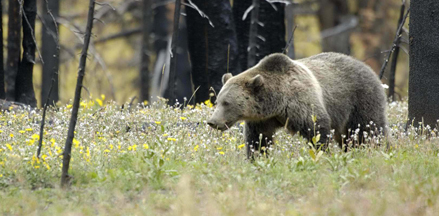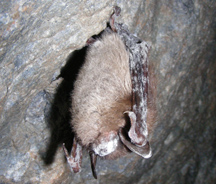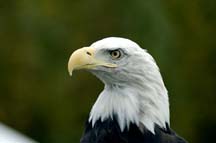 The US Fish and Wildlife Service would like to extend the length of the permits they issue to wind energy operations and other activities that by their nature disturb or kill bald and golden eagles from a maximum of five years to 30 years.
The US Fish and Wildlife Service would like to extend the length of the permits they issue to wind energy operations and other activities that by their nature disturb or kill bald and golden eagles from a maximum of five years to 30 years.
It also wants to charge more for the permits, saying that the new charge will cover the true cost of the review. A 30-year permit will cost $15,600, a US Fish and Wildlife press release says. The release adds that those longer permits will only go to projects that make an effort to conserve the eagles.
Read the US Fish and Wildlife press release in its entirety, here. It includes many links, including more information about the rule, the rule-making process and instructions on how to submit your comments. Comments will be accepted until May 14, 2012.
There was no media coverage of the proposed change at the time this was written.

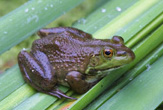 Factory-farmed bullfrogs carry the chytrid fungus, likely spreading the infection when they escape into the wild, says an
Factory-farmed bullfrogs carry the chytrid fungus, likely spreading the infection when they escape into the wild, says an 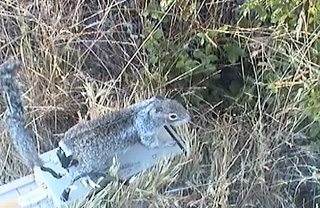 At the University of California, Davis robots are being used to study the reaction of squirrels and rattlesnakes, the display behavior by anole lizards in the jungles and ecology, the mating behavior of sage grouse, according to
At the University of California, Davis robots are being used to study the reaction of squirrels and rattlesnakes, the display behavior by anole lizards in the jungles and ecology, the mating behavior of sage grouse, according to 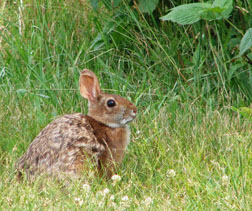 Last autumn, nine New England cottontails bred in captivity at the Roger Williams Park Zoo in Rhode Island were released inside a predator-proof fence enclosing one acre of the Ninigret National Wildlife Refuge, also in Rhode Island.
Last autumn, nine New England cottontails bred in captivity at the Roger Williams Park Zoo in Rhode Island were released inside a predator-proof fence enclosing one acre of the Ninigret National Wildlife Refuge, also in Rhode Island.